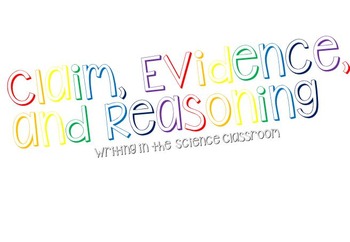
Bright colors and pictures engage students and illustrate a wall’s overall theme. Applications like Worldle, WordItOut and WordSift, can help create digital word walls. Alternately, rotate word walls with each new lesson or unit. Thomman - Power sharing is necessary only in societies that have religious, linguistic or ethnic divisions. Plus, laminating and backing helps them to be more sturdy and to stand out more when they are displayed on the wall. Laminate the pieces and back them with cardstock. Continued practice will enhance students' abilities to acquire and use a range of academic (Tier Two) and domain-specific (Tier Three) words.Īdapt and expand your word wall so that students can reference the words throughout the year. Protect all of the hard work that you and your students collectively invested in the word wall. In addition to the word wall displays, reinforcement could be achieved through vocabulary flash cards, organizers and repetitious activities that explore shades of meaning and morphology. Abstract words will take more time and should be reinforced after reading. Prior to reading, provide definitions for words that cannot be determined from the context or explain unknown concrete and abstract words when encountered in the text.Use reference materials when meaning cannot be determined using these other means. Some cards just have the word, some add a definition, and some include an image.

There are multiple ways to do this depending on your preference. Have students use context clues, affixes or roots, or word relationships. Creating a Word Wall The first step in creating a word wall is choosing which words to use and how you want each card to look.A variety of steps can be employed to achieve this:

Lettering should be large, neat and visible from every seat in the classroom.īefore adding a word to the word wall, teachers should ensure that students understand its meaning in the context of the text.

Use index cards, sentence strips or construction paper on a wall, window or door. Word walls should reflect the character and culture of the classroom. For example, group words that are relevant to women’s suffrage or words that are synonyms for tolerance. Organize your word wall vocabulary based on learning objectives and on the relationships among the words.


 0 kommentar(er)
0 kommentar(er)
